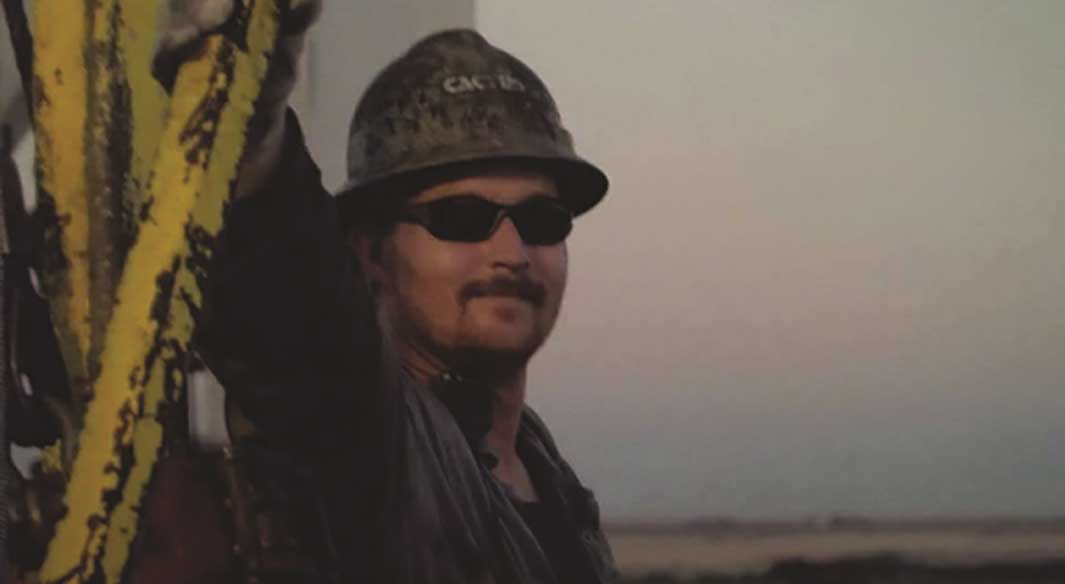Making a Difference After a Major Disaster

Carl Wilkerson Jr., a Motorhand on Rig 154 currently drilling near McAlester, OK, has been employed with Cactus since November 2006. He has been a volunteer firefighter with the Grady County Oklahoma Fire Department, serving at the Alex Station for several years. He is currently a volunteer for Grady County Emergency Management and also a member of the Grady County Community Emergency Response Team (CERT).
This past May Oklahoma was hit by a string of tornadoes during a six day period, creating life-threatening conditions compounded by major flooding. Carl spent his days off of the rig doing damage assessment, walking up and down the roads of hard hit areas collecting valuable data to send to the State Department of Emergency Management & Federal Emergency Management Agency (FEMA). This data is critical in determining when and how federal and state aid is sent.
Carl has been married to his wife Amanda since 2001 and they have two children. He loves spending time with family especially doing anything outdoors and grilling up some good food. He works just as hard on days off as he does at the rig either spending time with family or helping others. A familiar motto in their family: “Be the change you wish to see in the world.” And it is obvious by Carl’s generous contributions of time to emergency response efforts, his performance on the rigs, and in his community. Thank you Carl for representing Cactus so well.
What is CERT?
Following a major disaster, First Responders who provide fire and medical services will not be able to meet the demand for these services. People will have to rely on each other for help in order to meet their immediate life saving and life sustaining needs.
The Community Emergency Response Team (CERT) concept was developed and implemented [for citizens] to increase their ability to safely help themselves, their family and their neighbors. Additionally, if a community wants to supplement its response capability after a disaster, civilians can be recruited and trained as neighborhood, business and government teams that, in essence, will be auxiliary responders. These groups can provide immediate assistance to victims in their area, organize spontaneous volunteers who have not had the training and collect disaster intelligence that will assist professional responders with prioritization and allocation of resources following a disaster. (FEMA.gov)
